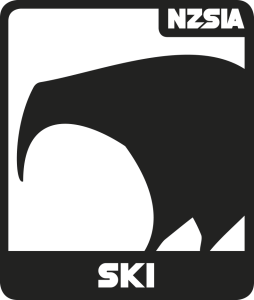Structuring Lessons and Sessions covers the ways that you can structure, deliver and prepare for lessons. Learn how to put together activities to develop new skills, structure presentations and deliver information. Understand how to create longer teaching sessions to explore the mountain and continue to develop skills.
Skiing Approach
To accurately assess what needs to be taught and communicated, an instructor needs to observe a student trying and experimenting with a new skill or movement with minimal information. A skiing approach is when an instructor briefly describes then demonstrates a skill, task, or movement then allows the student to “give it a go”. Once the skiing approach has been attempted, the instructor will have a clearer idea of the student’s skill, learning curve and what is necessary for development of greater understanding or refinement. From there, a progression can be developed to help achieve the goal.
An example of a skiing approach would be to ask a student who is comfortable making a gliding wedge to make some slight direction changes. The instructor would give a small piece of information, such as “point your skis where you want to go”, give a demonstration and then let the students try it. Once attempted, the instructor is able to then provide further information and develop a progression to encourage the skiers to turn their legs to make direction changes.

Steps in a Skiing Approach
Students will:
- Hear a brief description of what is to be attempted – note, this is “what” to attempt, not “how”
- See an example
- Give it a go!
A skiing approach should generally be the first thing a teacher tries when introducing a new skill, movement or task. Doing this often and consistently will help prevent over-teaching confusion on the part of the student, while promoting play and experimentation.

